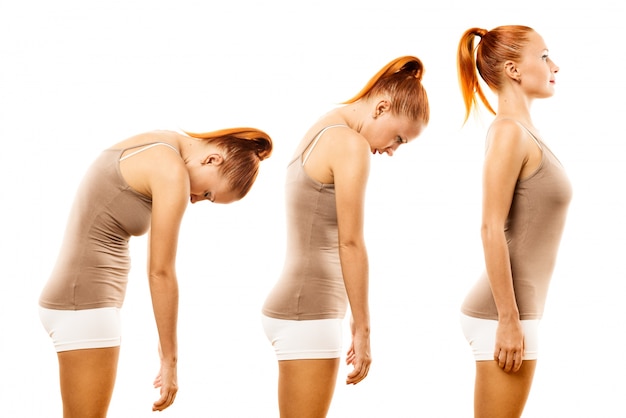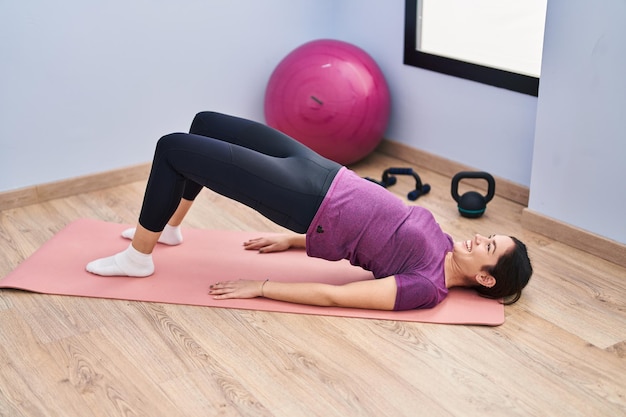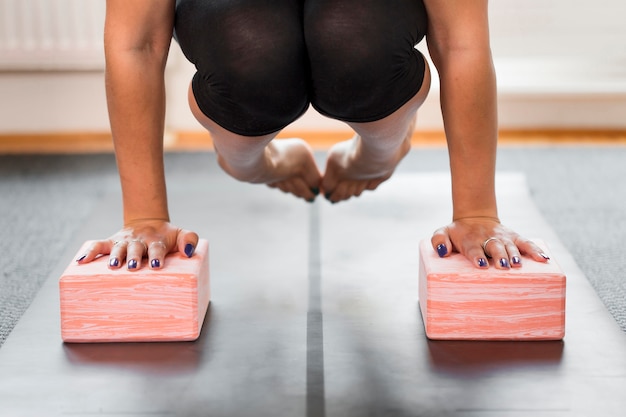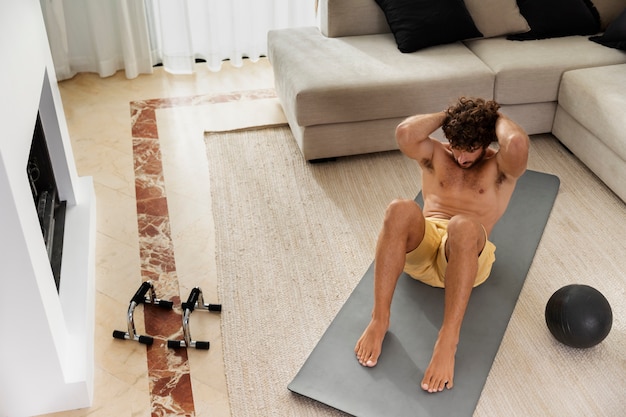Planks and push-ups have long been the gold standard in bodyweight fitness. Found in military drills, home workouts, and high-intensity training programs, these two exercises are praised for building core strength, upper-body power, and endurance. But what if we’ve plateaued on these classics? What if it’s time to move beyond static holds and repetitive reps and embrace more dynamic, functional movements that challenge the body in new ways?
Recent fitness trends and expert insights suggest that while planks and push-ups are effective, they may not be enough on their own for long-term strength, mobility, and injury prevention. The next wave of fitness is integrating movement patterns that combine stability, flexibility, and full-body coordination—offering more comprehensive results than isolated exercises ever could.
Planks are excellent for building isometric core strength. They engage the transverse abdominis, obliques, and lower back, teaching your body to stabilize under tension. Push-ups, on the other hand, work the chest, shoulders, triceps, and—when performed correctly—also activate the core.
However, both exercises are limited in their range of motion and functional carryover. Planks are static, meaning they don’t train your core to respond to dynamic movement. Push-ups, while compound, often become habitual—performed with poor form or diminishing returns over time.
As fitness evolves, so should our approach. The goal isn’t just to hold a plank longer or do more push-ups—it’s to build a resilient, responsive body capable of real-world movement.

Modern fitness emphasizes movement quality over repetition count. This shift has led to the rise of exercises like the Pilates push-up, inchworm-to-plank sequences, and flowing core circuits that blend strength, balance, and flexibility.
Take the Pilates push-up, for example—a full-body movement that starts from a standing position, rolls down through the spine, transitions into an inchworm, hits a plank, performs a push-up, then reverses the sequence. This single exercise works spinal articulation, shoulder stability, core engagement, and hip mobility—all in one fluid motion.
Unlike a standard plank or push-up, this movement trains the body to transition between positions safely and efficiently—skills that translate directly to daily life, from lifting groceries to playing with kids.
Research and practical experience show that integrated movement patterns activate more muscle groups simultaneously, improve neuromuscular coordination, and reduce the risk of overuse injuries. Static exercises like planks are valuable, but they don’t prepare the body for the unpredictable demands of real-life motion.
Functional training—defined as exercises that mimic everyday movements—has been shown to enhance balance, coordination, and joint stability. By replacing or supplementing traditional planks and push-ups with dynamic sequences, you’re not just building strength—you’re building resilience.
Try this 15-minute functional core circuit to replace or complement your current routine. Perform each exercise for 45 seconds with 15 seconds of rest between movements. Complete 3 rounds.
This sequence builds core strength dynamically while improving mobility, joint health, and movement control.

Planks and push-ups aren’t obsolete—they’re foundational. The key is to evolve them. Try these upgrades:
The future of fitness isn’t about doing more of the same—it’s about moving smarter. While planks and push-ups have earned their place, they should be stepping stones, not the entire journey.
By embracing dynamic, integrated exercises, you train your body to be strong, flexible, and adaptable. Whether you’re recovering from inactivity, training for performance, or simply aiming to feel better in your body, it’s time to look beyond the basics and explore what functional movement can do for you.
Your core isn’t just for crunches—it’s your center of power. Train it like one.

Fitness

Fitness

Fitness

Fitness

Fitness

Fitness

Fitness

Wellness

Fitness

Fitness

Fitness

Fitness

Health

Fitness

Health

Health